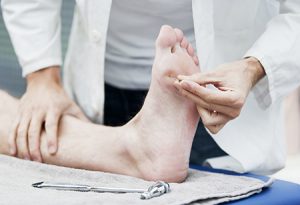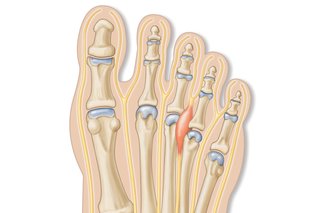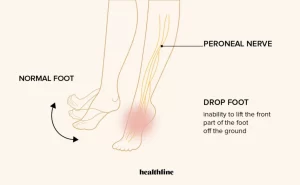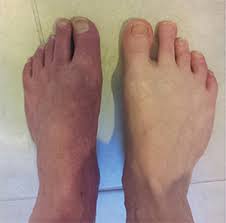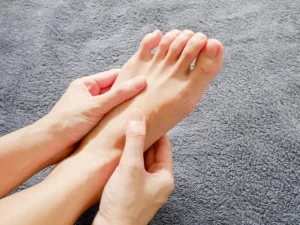
Numbness in the feet can be caused by various reasons, including poor circulation, nerve damage, injury, infection, and certain medical conditions. Some common causes of numbness in the feet include:
- Peripheral neuropathy – damage to the nerves in the feet caused by diabetes or other medical conditions.
- Poor circulation – reduced blood flow to the feet caused by conditions such as peripheral artery disease or Raynaud’s disease.
- Tarsal tunnel syndrome – compression of the nerve that runs along the inside of the ankle.
- Morton’s neuroma – a thickening of the tissue around one of the nerves leading to the toes.
- Spinal cord injury or disease – damage to the spinal cord can cause numbness or weakness in the feet.
- Injuries – trauma to the feet, such as a broken bone or sprain, can cause temporary numbness.
- Vitamin deficiencies – deficiencies in certain vitamins, such as B12, can cause numbness in the feet.
If you are experiencing persistent numbness in your feet, it is important to see a doctor for an evaluation to determine the underlying cause and appropriate treatment.

